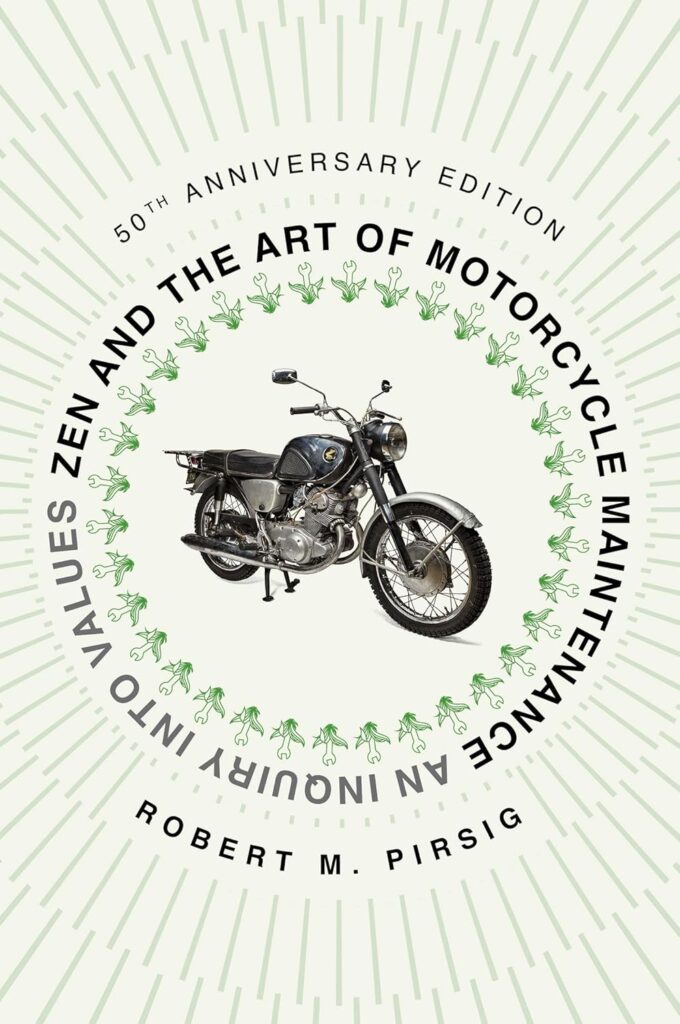 Robert Pirsig’s Zen and the Art of Motorcycle Maintenance was born in the long, uneasy summer of 1968—an America criss-crossed by freeways, sit-ins, and the hum of Honda engines. Coming out of that cultural ferment, the book feels less like a novel than a roadside confession booth: one part travel diary, one part philosophical manifesto, all wired together by the counter-culture’s suspicion that something in the official story of progress had gone badly wrong. When it finally appeared in 1974—after 121 rejections—it sold 50,000 copies in its first three months and has since topped five million, an unprecedented run for what is, beneath the chrome and asphalt, a demanding work of philosophy.
Robert Pirsig’s Zen and the Art of Motorcycle Maintenance was born in the long, uneasy summer of 1968—an America criss-crossed by freeways, sit-ins, and the hum of Honda engines. Coming out of that cultural ferment, the book feels less like a novel than a roadside confession booth: one part travel diary, one part philosophical manifesto, all wired together by the counter-culture’s suspicion that something in the official story of progress had gone badly wrong. When it finally appeared in 1974—after 121 rejections—it sold 50,000 copies in its first three months and has since topped five million, an unprecedented run for what is, beneath the chrome and asphalt, a demanding work of philosophy.
The narrative spine is a 17-day ride from Minnesota to the Pacific with Pirsig’s 11-year-old son. Yet every few pages, the road straightens and the narrator interrupts with an improvised “Chautauqua,” drilling into Greek metaphysics, Zen practice, or the nuts and bolts of a worn gear. The question that haunts all those digressions is voiced early on:
And what is good, Phaedrus, and what is not good—need we ask anyone to tell us these things?
That koan launches Pirsig’s lifelong hunt for Quality, a reality he insists precedes the familiar split between subject and object. His “Metaphysics of Quality” treats value as the generative current that gives rise to facts, minds, even matter itself. You can hear echoes of William James’s radical empiricism (experience first, abstractions later), of Taoist spontaneity, and of Heidegger’s warning that the “ready-to-hand” world disappears the moment we dissect it. But Pirsig’s originality lies in welding those high theories to the everyday practice of fixing a balky motorcycle: to care for a machine, he says, is to participate in Quality, to meet Being half-way.
He frames the modern malaise as a standoff between two cognitive temperaments: the classical eye that delights in schematics and torque settings, and the romantic eye that thrills at sunsets reflected in a polished tank. In one of the book’s most quoted passages, he writes:
A classical understanding sees the world primarily as underlying form itself. A romantic understanding sees it primarily in terms of immediate appearance.
For Pirsig, wholeness demands a marriage of both—what later systems theorists would call “left- and right-handed epistemology.”
Given those ambitions, you might expect the book to have stirred vigorous debate in philosophy departments. It did not. “Most academic philosophers ignore it, or badmouth it quietly,” Pirsig admitted three decades later, noting that his refusal to define Quality made the project a non-starter for scholars who prize clear analytic boundaries.
Pirsig anticipated the snub. He coins the term “philosophologist” for those who study thought the way an entomologist pins butterflies, and suggests they mistrust outsiders on principle. His riposte is brisk:
It’s an old rule of logic that the competence of a speaker has no relevance to the truth of what he says. The world’s biggest fool can say the sun is shining, but that doesn’t make it dark out.
The quarrel feels uncannily current. In an age of hyper-specialization, we outsource more and more judgment to credentialed guilds—financial analysts, climate modelers, algorithm whisperers—and grow wary of lay intuition. Pirsig warns that when only experts have standing, intellectual life narrows to ever finer grooves, while the big, integrative questions (“What is good?” “What is real?”) wither for lack of hospitable forums. A democracy of narrow minds, he implies, is no democracy at all.
Half a century on, Zen is less visible on best-seller racks; its reputation rides sidecar to trendier manifestos on mindfulness or slow living. Yet the dilemmas it raises remain painfully unsolved: How do we reconcile scientific precision with aesthetic awe? How do we keep technology from calcifying into a faith in control? What is the moral center that can outlast perpetual disruption? Those questions feel sharper—if anything—in a world of generative AI and disposable gadgets.
Little wonder readers periodically rediscover the book, often on the cusp of a career pivot or a cross-country trip of their own. The narrator’s ascent into what he calls “the high country of the mind” (“one has to become adjusted to the thinner air of uncertainty…”) reads today like an invitation to step outside algorithmic feed-loops and take direct responsibility for one’s own categories of value.
Pirsig himself yearned to see the story on film but balked whenever Hollywood refused him creative control. Multiple options lapsed; frustrated producers rode off. A cinematic adaptation still beckons: imagine a road picture that fuses the lyric Americana of Easy Rider with the metaphysical vertigo of a one-man dialogue. In an age when studio slates are crowded with intellectual-property sequels, a film that asks whether “quality” can be measured might feel, paradoxically, radical and new.
At 800 pages it would be indulgent; at 400, Zen and the Art of Motorcycle Maintenance is precisely tuned, a machine built to shake itself apart in your hands—and then ask you to rebuild it with better care. Its enduring power lies not in providing answers but in restoring the reader’s faith that the search for Quality is still worth the miles. Pick it up again, or for the first time, and listen closely: beneath the piston rhythm and the analytic detours you may hear the faint growl of your own neglected questions, revving for a renaissance ride.
Available At


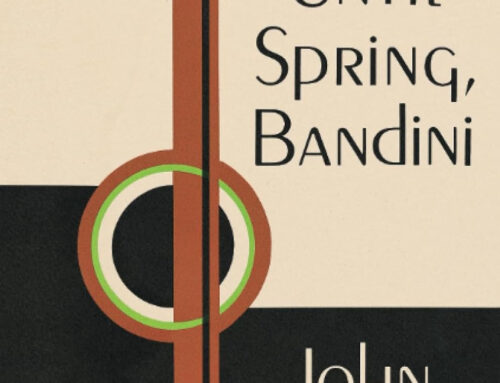


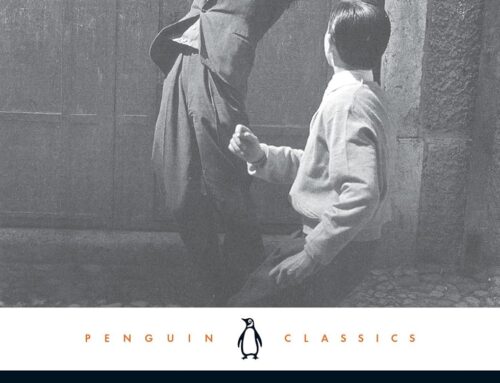
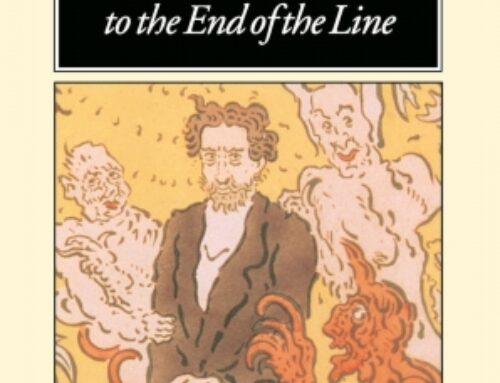
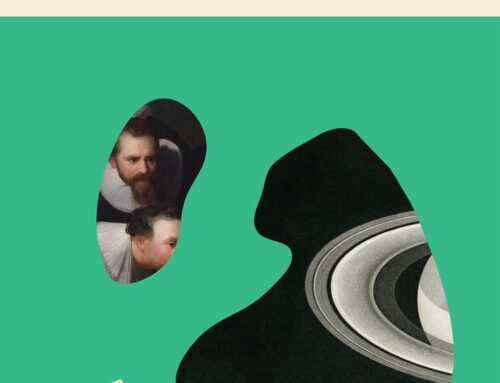

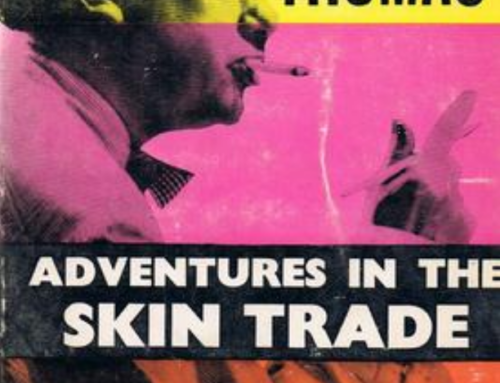


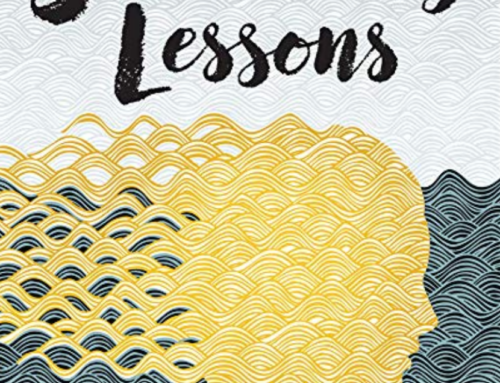
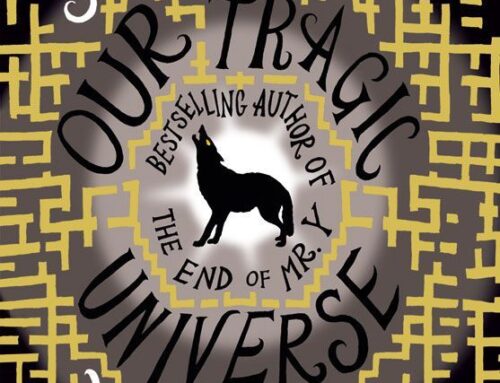



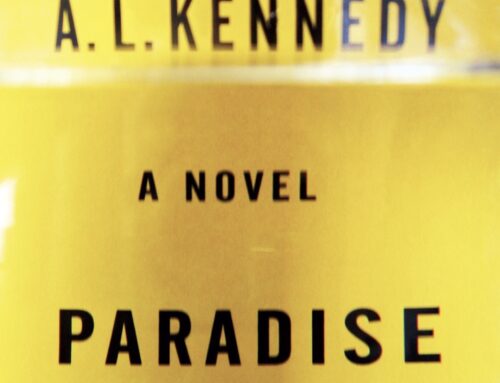
Leave A Comment